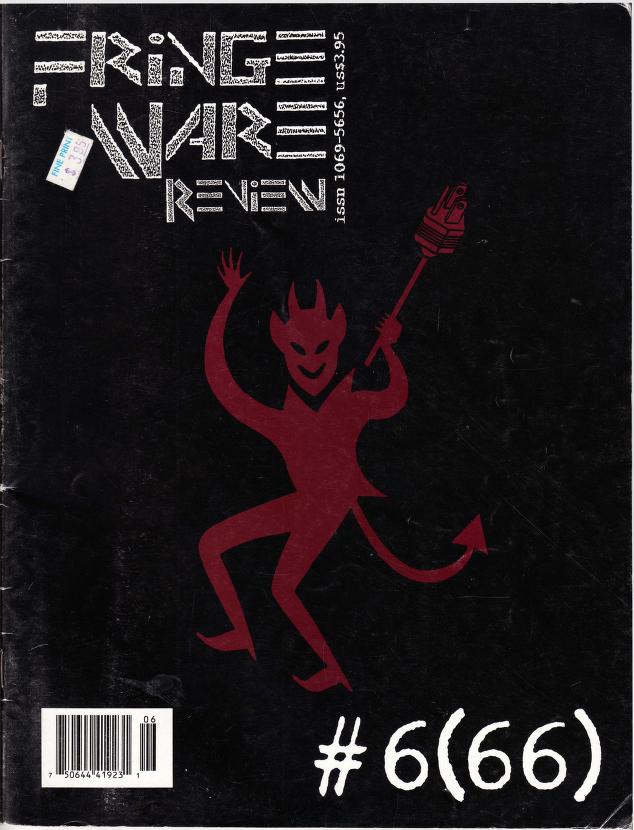FringeWare Review
FringeWare Review, a provocative and pioneering publication, commenced its delectable journey into the creative stratosphere in 1992. This unique piece of print was conceived and nurtured by Paco Nathan and Mondo 2000 alum Gareth Branwyn. As a platform, FringeWare Review strived to meld counterculture and computer subculture into a tantalizing fusion, providing thought-provoking content to the intrigued audience.
Breaking the conventional dimensions of magazine themes, FringeWare Review reveled in the unconventional. It focused on cyberculture, while exploring fringe, marginalized ideas and phenomena, thereby enriching the cultural lexicon. The magazine's content ranged from articles on cyberpunk to visual culture, transgressive sexuality to techno-anarchy. Each edition convincingly established the publication as a galvanizing forum of intellectual discourse.
Promoting an amalgamation of high-tech and art, FringeWare Review sought to expose the readership to eccentricities and the unexplored facets of culture, integrating marginal and mainstream narratives in each issue. The magazine offered an eclectic mix of persona and topics, unabashedly confronting taboo subjects and veiled constructs of society with equal vigor and charm.
Complementing the magazine's cutting-edge textual content was its striking visual components. Its pages invited the eyes with a surreal blend of imagery, oscillating between the bizarre, the outlandish, and the profoundly ingenious. The aesthetic sensibilities of FringeWare Review augmented its intellectual appeal, successfully immersing its audience within its captivating world.
FringeWare Review also served as the namesake of a concurrently-operating online store, FringeWare, that dealt in offbeat products, eccentric literature, and unconventional software. The synergistic existence of the magazine with the online store made FringeWare a one-of-its-kind endeavor, shaking up the realms of printed and digital distribution.
The magazine's pages contained refreshing, idiosyncratically delivered perspectives, combining academic rigor with underground cultural meditations. All of these were intricately woven within the bimonthly issues, making FringeWare Review an illuminated tapestry of cyberculture and counterculture exploration.
Within its brief existence from 1992 to 1998, FringeWare Review carved out a singular niche for itself within the printed media landscape. By spotlighting the fringe, it informed, quested, and pushed boundaries, crafting an unforgettable legacy within the annals of alternative print culture.{{Categories}}